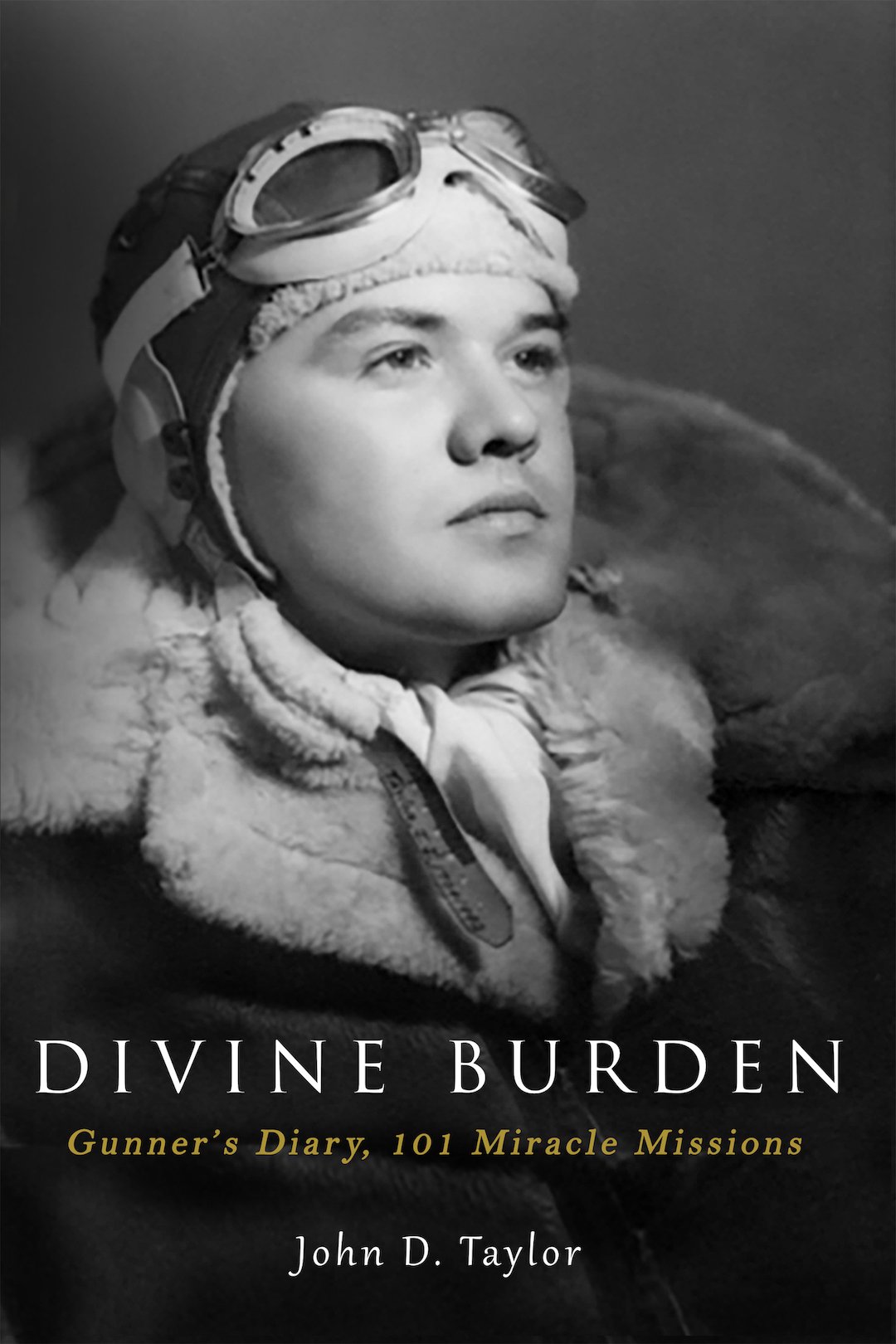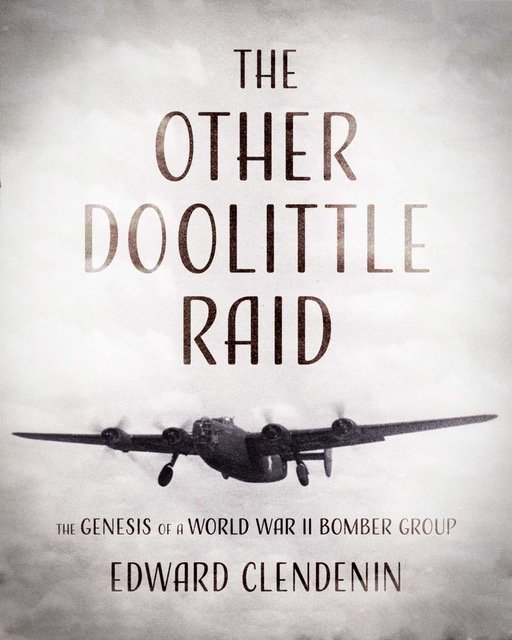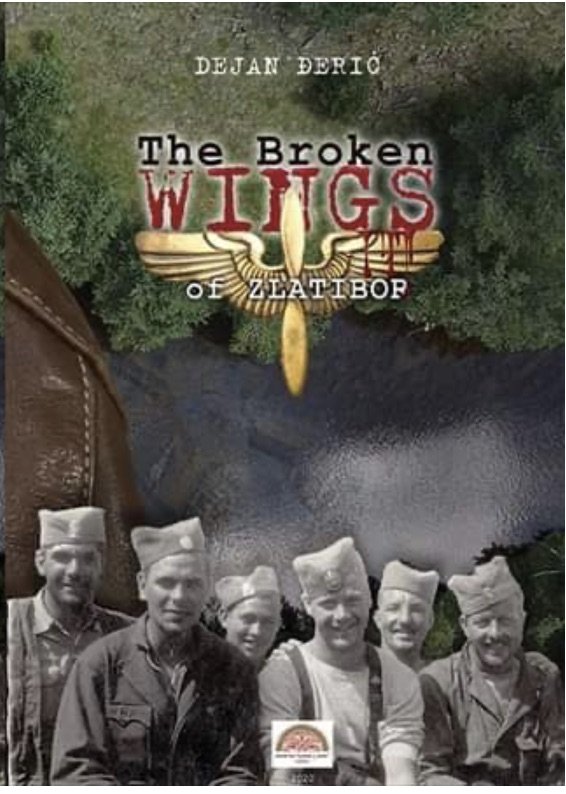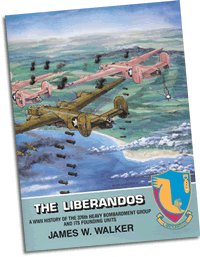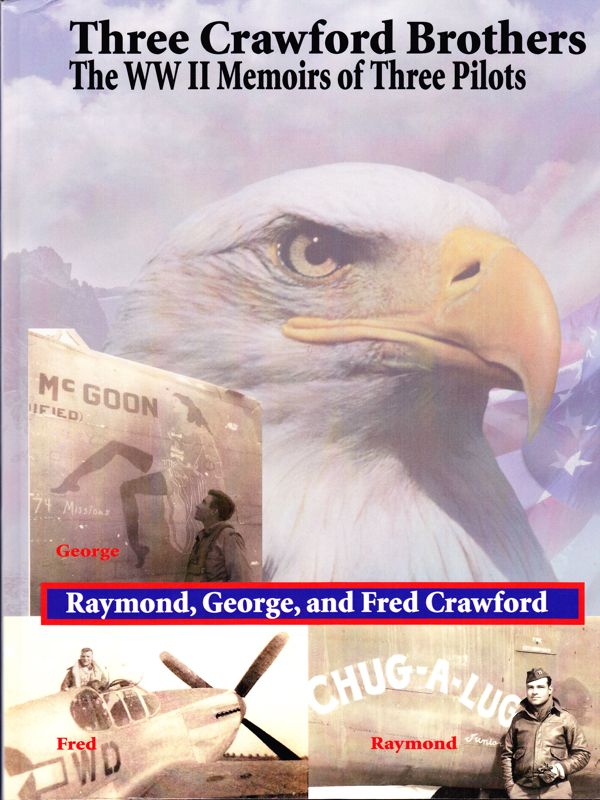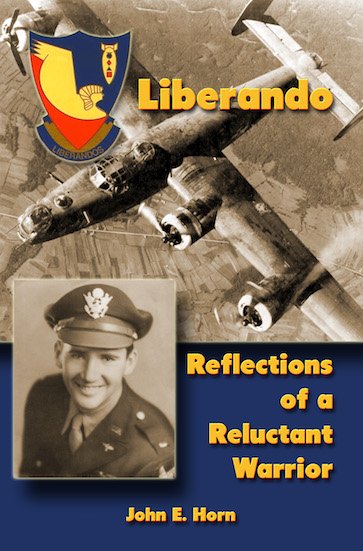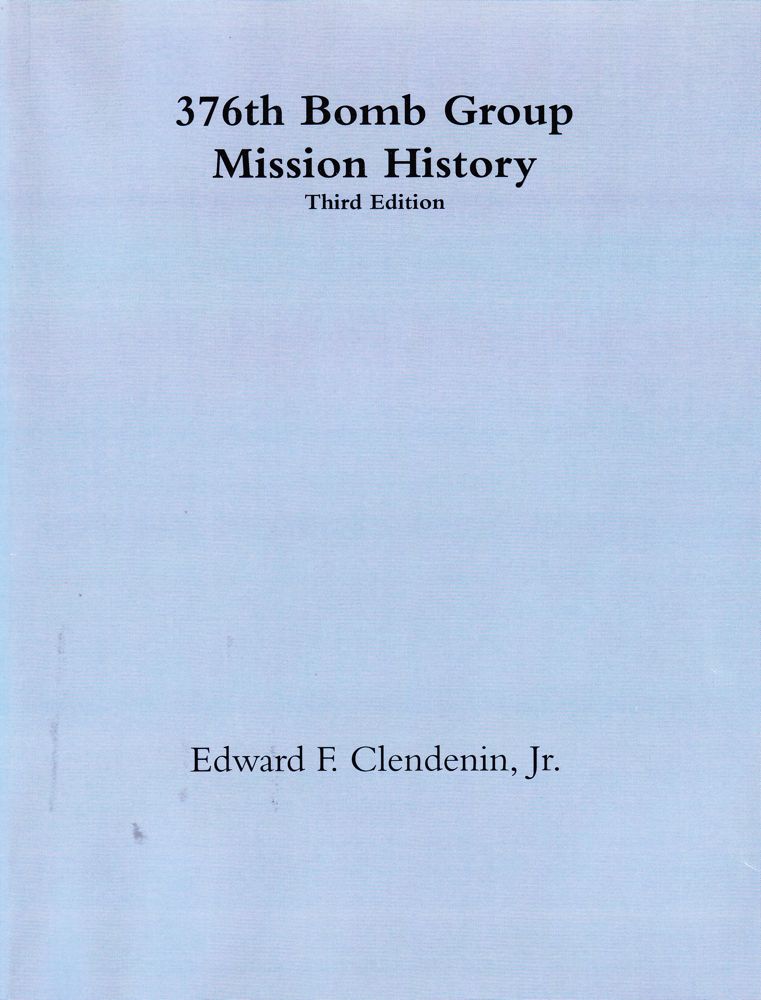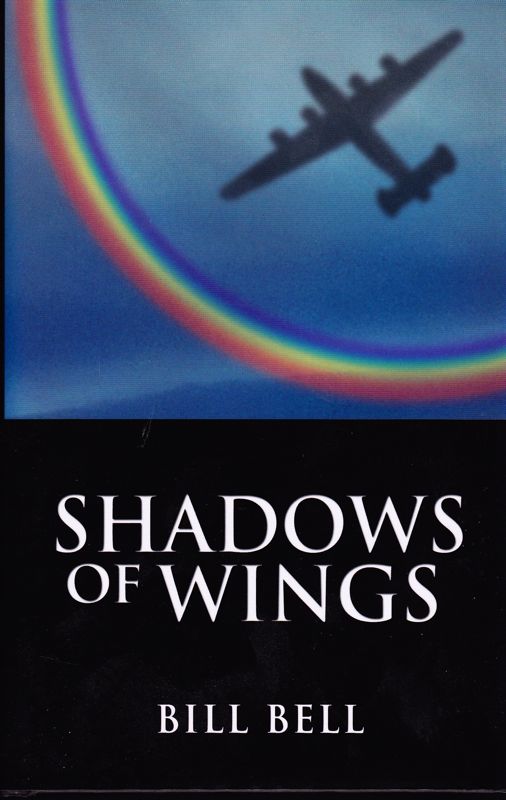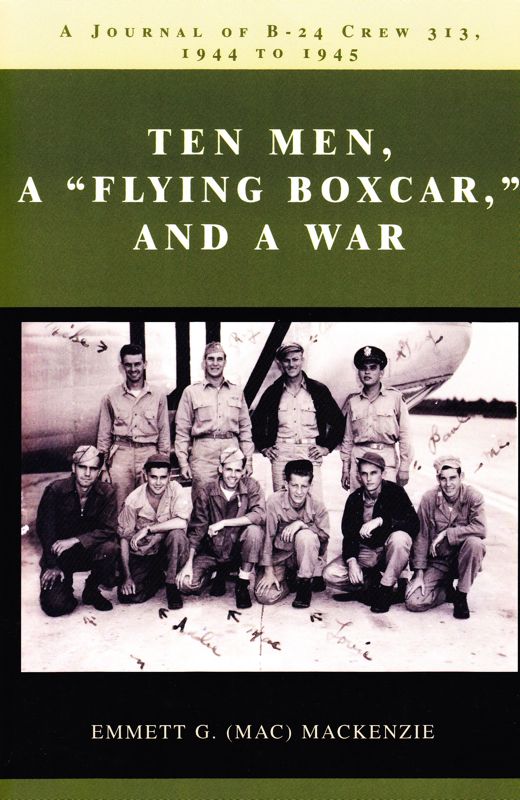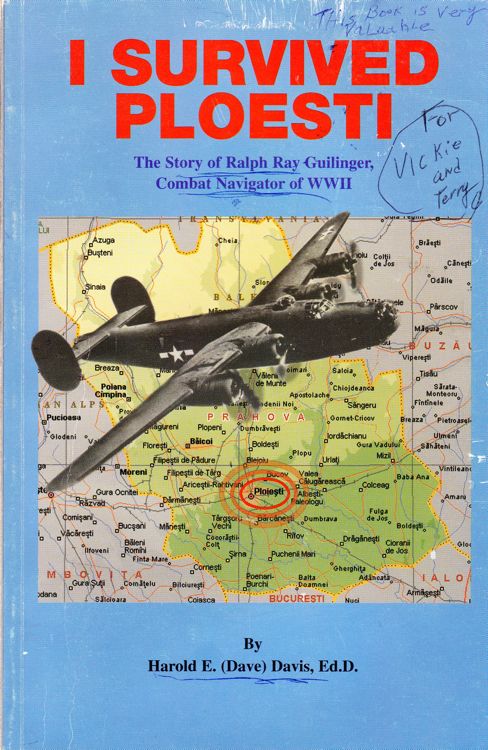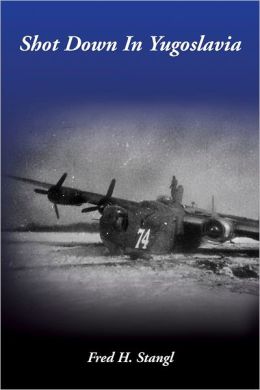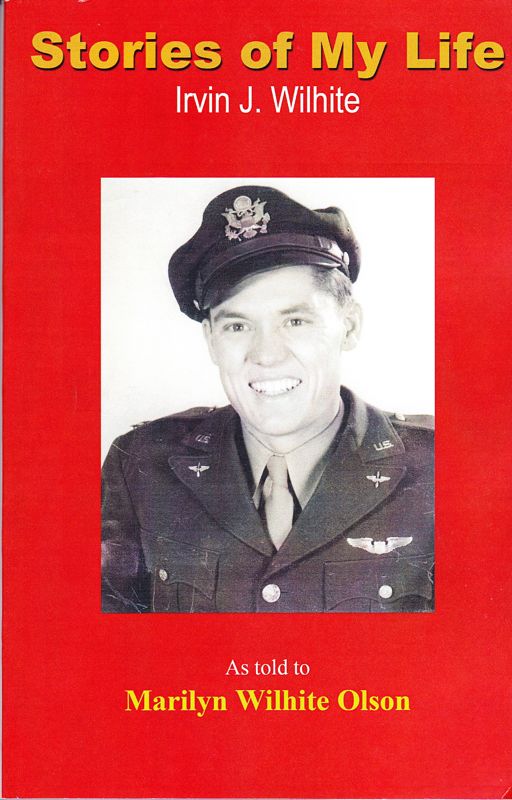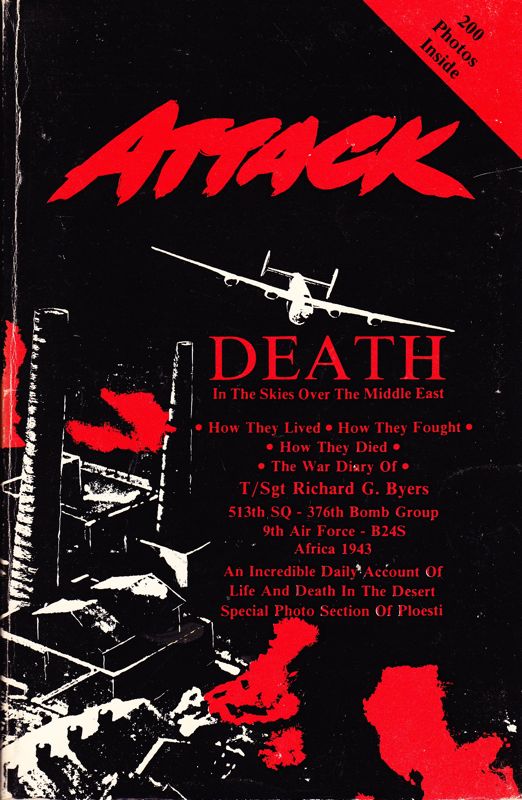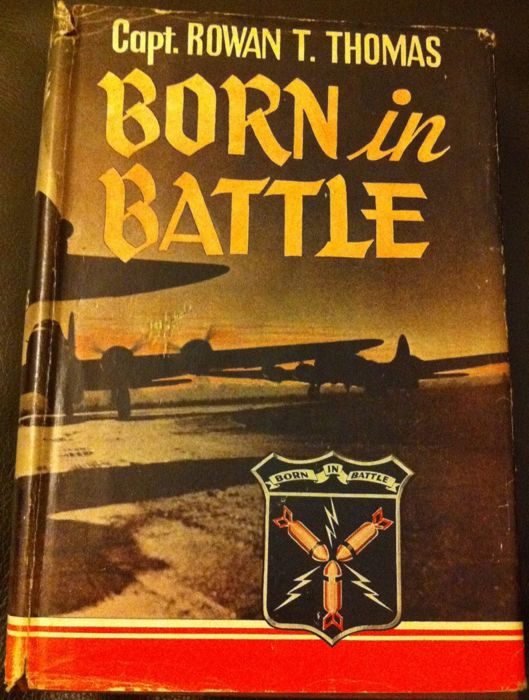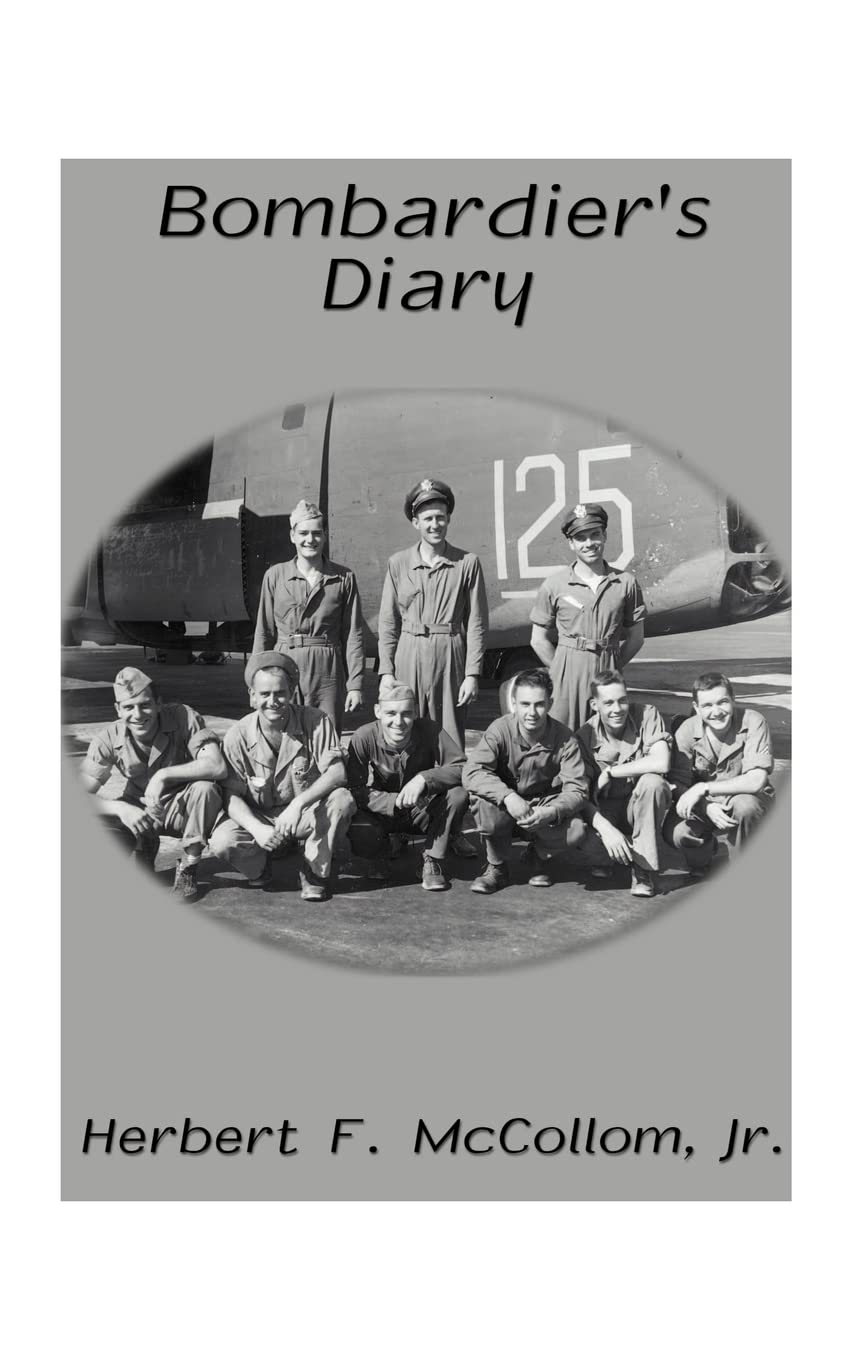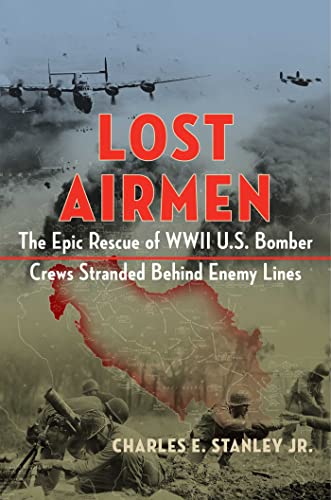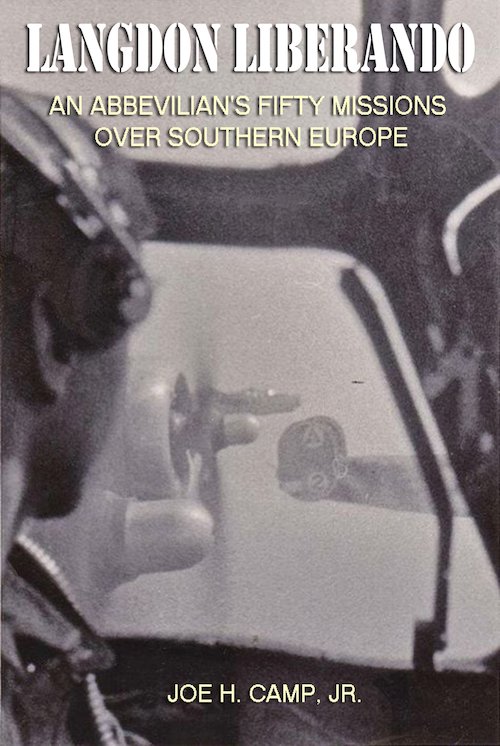Michael Peter Vono April 8, 1944
April 8th
5th Mission – To Maestre, Italy – Belly Gunner (handheld) in B-24D – Also Cameraman – About half-hour after picking up our P-38 Escort & about 15-20 min. to target forced to feather No. 4 Engine (Oil leak) and return alone. Salvoed bombs in Adriatic – Some gunner said we came close to 4 enemy ships – Had to circle field 3 times until runway was clear – Landed O.K. – Engine unfeathered several times & we almost landed at F--- Two more lower back got air sick.
Here is where Dad was in a B-24 that was so old it had the old belly gun instead of a ball turret.
(Editor's note: He was flying in 42-40317. She flew her first mission on April 23, 1943, a year earlier. She was originally with the 513th Squadron, and was transferred to the 515th around Jan 1, 1944. She would fly for another 2 months.)
From Wikipedia: “The B-24D initially featured upper, belly and tail turrets, plus swiveling single guns in the waist and on either side of the nose. The belly turret was a periscopically sighted Bendix model. The turret proved unsatisfactory and was soon replaced by a tunnel gun, which was itself omitted. Later D models were fitted with the retractable Sperry ball turret.”
Per Training to Fly: Military Flight Training 1907-1945 (see references at end) crewmembers were cross trained in critical skills. Bombardiers knew how to fire the guns. Dad sometimes was the official camera man.
Forced to return alone: Returning from that close to the enemy without their P-38 escort and without the other B-24 gunners there to protect them must have been nerve-wracking. Thus, the reference to one of their gunners spotting enemy aircraft. I thought that crews generally do not attempt to land with their bombs. Too much weight and too dangerous a cargo in case you have a less than great landing. But there are lots of instances Dad mentions later where crews do just that.
Dad’s notes are smeared at the “forced to land at F---”. Perhaps Fano or Florence Airfields. But probably he was referring to any number of airfields just north of San Pancrazio called the Foggia airfield complex which included Foggia Field.
“Feathering” refers to changing the pitch of your propellor. In normal use, you are “cutting” the air to produce thrust. A dead engine with the prop in this normal mode will create a lot of drag making the aircraft that much more difficult to control and will use up fuel too fast. The B-24 and most other propellor aircraft have the option to change the pitch of the propellor blades to a low drag mode.
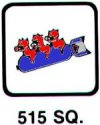
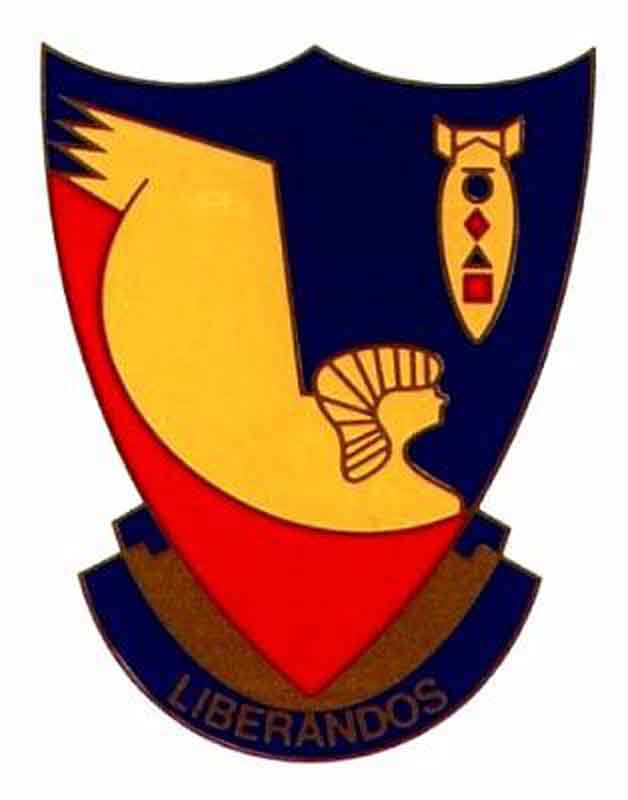
The website 376bg.org is NOT our site nor is it our endowment fund.
At the 2017 reunion, the board approved the donation of our archives to the Briscoe Center for American History, located on the University of Texas - Austin campus.
Also, the board approved a $5,000 donation to add to Ed Clendenin's $20,000 donation in the memory of his father. Together, these funds begin an endowment for the preservation of the 376 archives.
Donate directly to the 376 Endowment
To read about other endowment donation options, click here.
Reunion
NOTE change in the schedule !!
DATES: Sep 25-28, 2025
CITY:Rapid City, SD
HOTEL: Best Western Ramkota Conference Hotel; 2111 North LaCrosse St., Rapid City, SD 57702; 605-343-8500
Click here to read about the reunion details.
